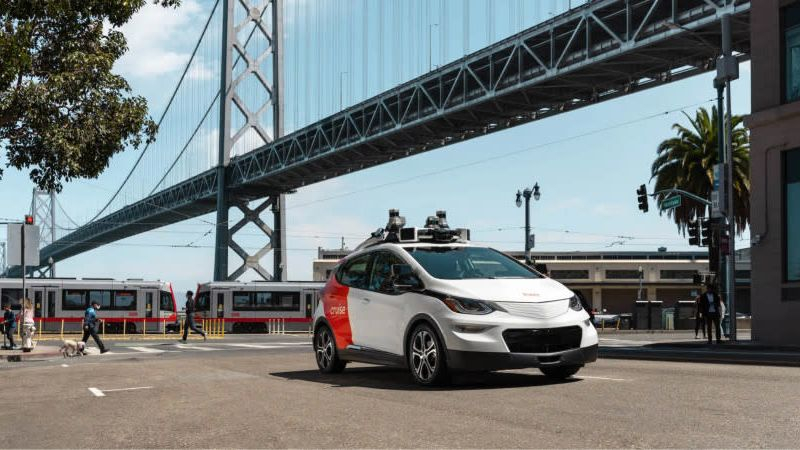Since December last year, the US agency responsible for road safety, NHTSA, has been investigating three accidents involving Cruise robotic taxis as a result of their sudden braking. The company agreed to recall 1,200 cars to fix the defect so that regulators would close the investigation, although it does not believe that a recall is really necessary.

Image Source: Cruise
In fact, Cruise had to make such a concession in order to approach the moment of its rehabilitation in the eyes of the public in the case of hitting a pedestrian in San Francisco last October. The investigation is still ongoing, and the victim of that incident, who completed a rehabilitation course, received financial compensation, and the management of Cruise was replaced almost entirely. The sudden braking problem that prompted the recall of 1,200 Cruise self-driving taxis has nothing to do with the October pedestrian accident.
Cruise generally claims that its on-board automation resorts to sudden braking much less often than the average driver. According to NHTSA statistics, Cruise vehicles were involved in 10 collisions, of which four resulted in injuries to participants. However, against the backdrop of a sample of 7632 cases of emergency braking initiated by the Cruise on-board automation, these indicators do not seem so critical. One way or another, the company will have to, at the insistence of NHTSA, modify the software responsible for braking its self-driving taxis on almost 1,200 cars. In Phoenix, these taxis are allowed to carry out test rides with an insured driver behind the wheel, but in California, transportation has been suspended since October last year after an accident with a pedestrian. The company also paid a fine of $112,500 for late and incomplete reporting of the incident. Cruise is also under investigation by the U.S. Department of Justice and the Securities and Exchange Commission over the October incident in San Francisco.